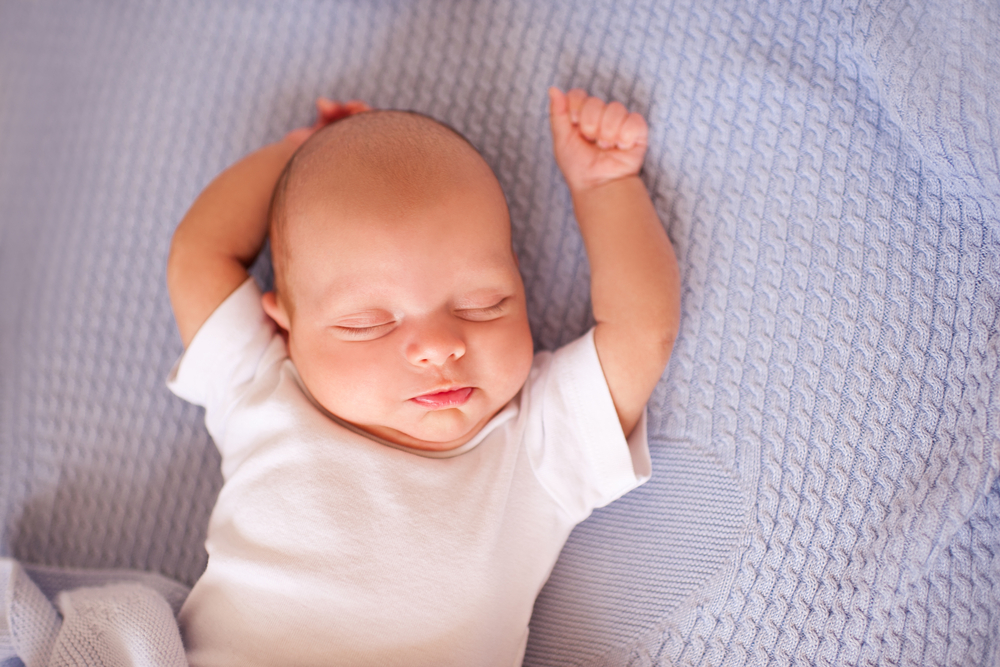11 safe sleeping practices
Published on Tuesday, 27 March 2018
Last updated on Monday, 20 January 2020

We all know that meeting a child’s sleep needs are crucial in supporting their development. As an early childhood educator, you play a very important role in helping children and their parents develop safe practices to support quality sleep.
Sadly, each year, SIDS and fatal sleeping accidents claim the lives of many infants as a result of unsafe sleeping environments. It is therefore essential that early childhood education and care services ensure that children in their care sleep safely at all times and that the centre’s service policy and practice is based on current research and reflects evidence-based principals.
With further changes to the National Quality Standards, effective as of 1 February 2018, Cindy Davenport, Co-Director of Safe Sleep Space and Sleep Smart outlines some essential safe sleeping practices for babies and toddlers in early childhood services.
Some safe sleeping practices to consider:
- Always sleep babies on their back on a firm flat surface. Tummy sleeping reduces a baby’s arousal level and ability to swallow and increases risk of SIDS by 3-14 times when compared to sleeping on the back.
- If you wrap a baby, always take into account their stage of development. It is so important to leave their arms out or free once the startle reflex disappears which is often around three months. You should also stop using a wrap once the baby shows signs of attempting to roll.
- If blankets are used rather than sleeping bags, make sure that the baby's feet are touching the bottom of the cot to prevent them from wriggling under the blankets. Blankets should also be tucked in securely.
- Remove clothes with hoods, drawstring or ties, as they can become wrapped around an infant or young child's neck.
- It is not recommended that a baby/child has anything around their neck for sleeping, for example a necklace or amber beads, which could tighten during sleep and make breathing difficult.
- Products such as pillows, bumpers or soft toys in a cot can increase risk of an accident as they can be used as a step to climb up and over the side of the cot.
- Beanbags, sofa, large cushions and air mattresses are not recommended as a safe surface for young children to sleep.
- Check and inspect sleeping children at regular intervals and an assessment of each child’s circumstance and needs should be undertaken to determine any risk factors.
- Sleeping children should always be within sight and hearing distance.
- Supervision windows should be kept clear and not painted over or covered.
- Cots should be arranged so all sleeping children are visible through the observation window.
Sometimes parents will request sleep practices that are contradictory to what you know to be safe. Always discuss your safe sleeping policy at orientation and enrolment. Acknowledge and respect the family’s beliefs, values and practices, but explain why the practice may be unsafe and that you cannot accept the risk or potential consequences of using an unsafe and risky practice.
Finally remember all children are different and your service should consider the risk for each individual child, tailor your Sleep and Rest Policies to reflect the levels of risk identified.
Sleep Smart is an online training course for early childhood educators. The program helps participants develop a deeper appreciation of a child’s needs, cues and capabilities and equips them with step-by-step strategies for creating an emotional and physical safe sleep space. Sleep Smart is brought to you by Safe Sleep Space, Australia’s leading infant and toddler sleep consultants.
Related Articles

Settling your child into a good sleep routine at care
Maintaining a healthy sleep routine when your child starts care.

Establishing a great night routine for your family
We often think of a night routine as involving tooth-brushing, book-reading, and lights out, however, a good routine can start from the moment your family gets home from work, school, or child care.

